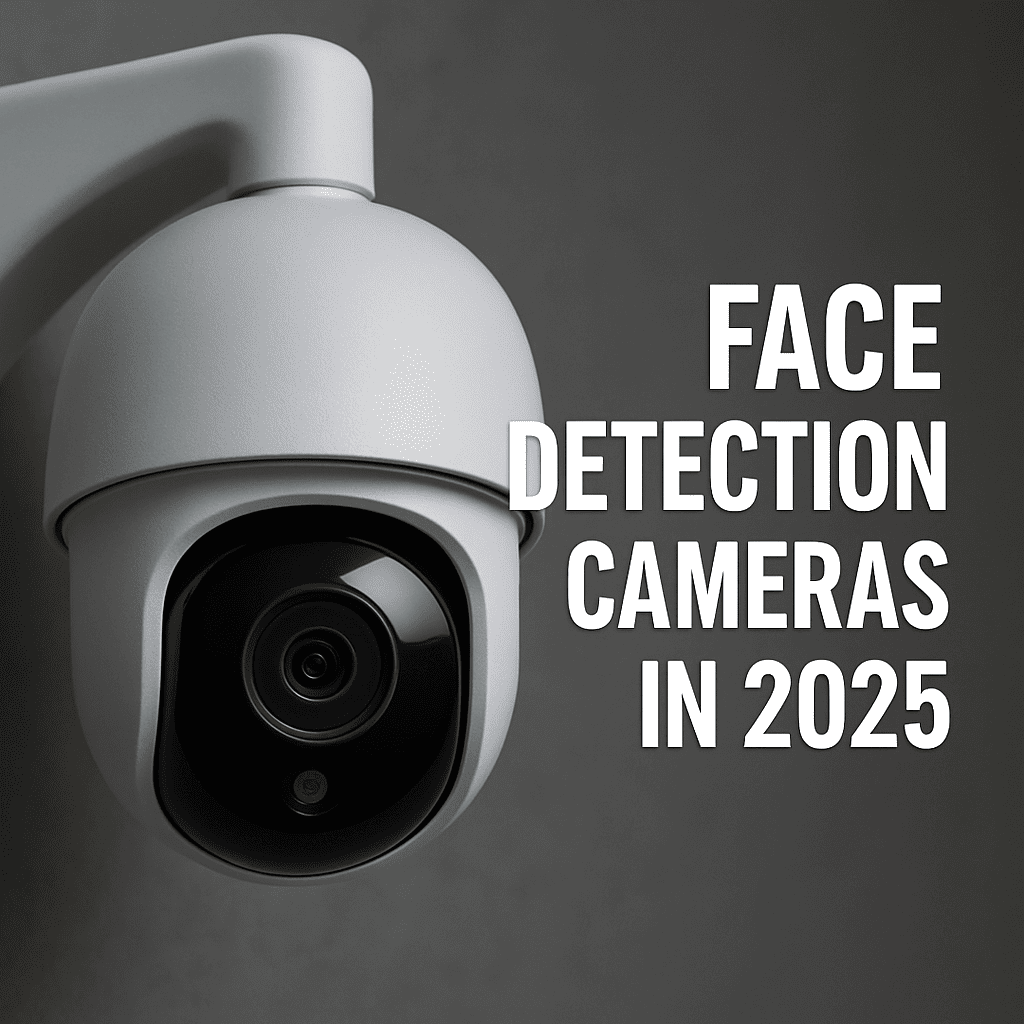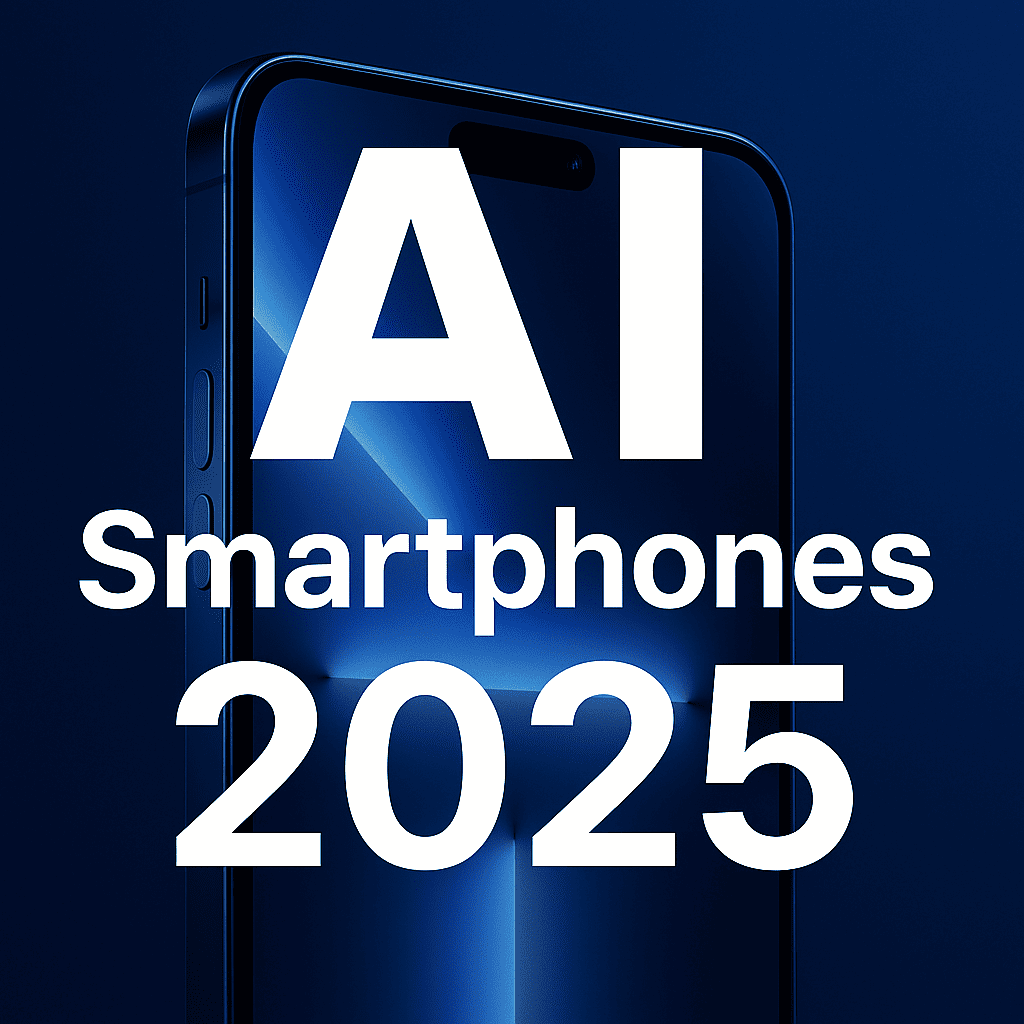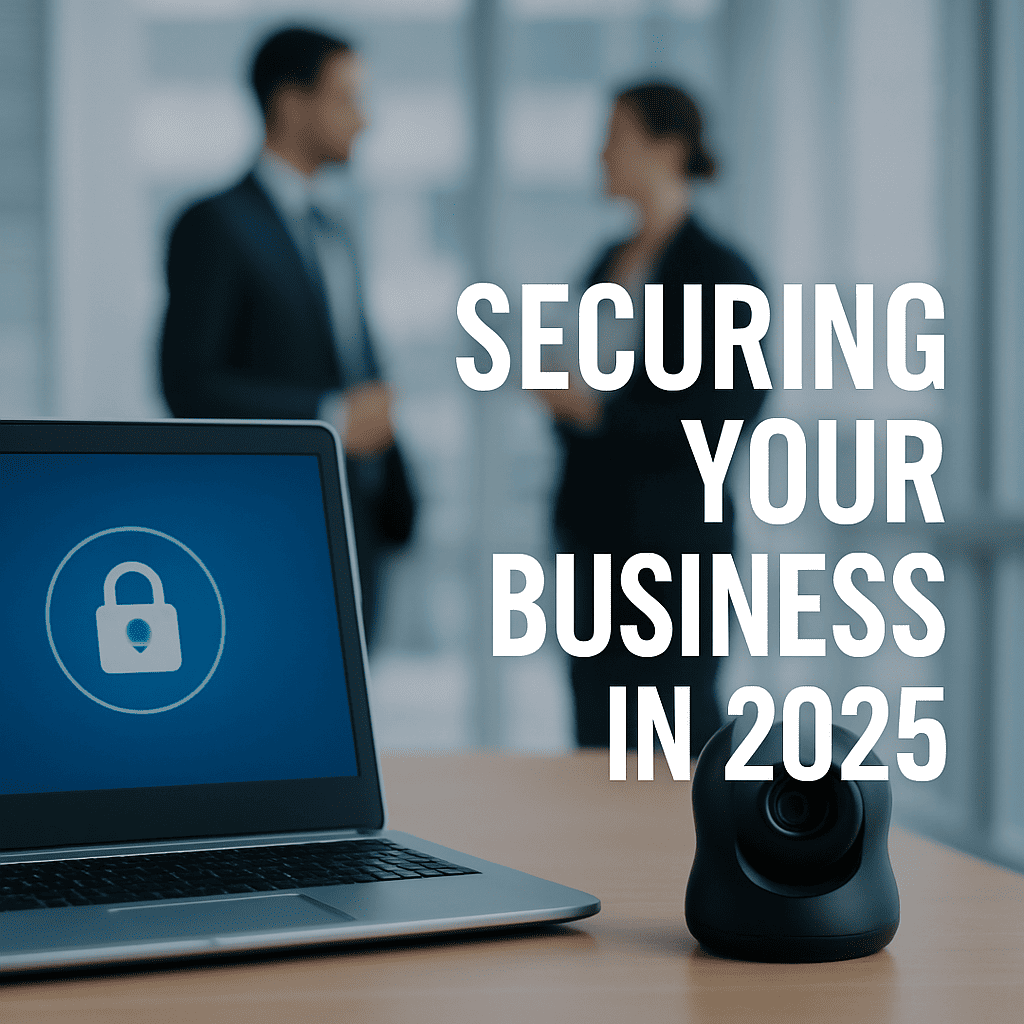Face Detection Cameras: The Future of Smart Security 2025

Security is no longer about locks and alarms. In 2025, it’s about intelligent awareness—and face detection cameras are leading this transformation. From tracking visitors at your doorstep to monitoring access in corporate offices, AI-powered face detection cameras have become a smart shield against modern threats.
This isn’t just surveillance—it’s real-time identity recognition, behavior tracking, and automated alert systems. And it’s all happening on the edge of your wall, your ceiling, or even your phone.
What Is Face Detection in Cameras?
Face detection in security cameras refers to the ability of a camera to:
- Detect human faces in a video frame
- Recognize familiar vs. unfamiliar individuals
- Trigger smart actions like notifications, recording, or access control
Unlike motion detection, which flags any movement (even pets or wind), face detection focuses specifically on people, making it vastly more accurate and relevant.
How AI Powers Modern Face Detection Cameras
Today’s face detection systems aren’t just visual—they’re powered by edge-based AI processors that analyze data instantly on the device. Key advancements include:
- Real-time facial recognition (matching faces with stored profiles)
- Behavior prediction (detecting loitering or unusual movements)
- Mask and glasses detection (useful during health mandates)
- Multi-person tracking in crowded environments
These AI models improve over time, learning lighting, angles, and new faces without manual input.
Home Security Use Cases in 2025
Smart face detection cameras are now central to home security systems:
- Visitor ID: Cameras notify homeowners who’s at the door, even labeling known visitors like “Dad” or “Cleaner.”
- Package Theft Alerts: Face detection can distinguish between delivery personnel and potential thieves.
- Child Safety Monitoring: Get alerts if an unknown adult enters your child’s room.
Some top consumer models like the Nest Cam AI, Arlo FaceGuard, and Xiaomi SmartVision 360 offer these features natively, often paired with a smartphone app.
Enterprise & Public Security Integration
For businesses and government, face detection has become a critical layer of access control:
- Touchless Entry Systems: Employees scan their face to enter secure zones.
- Attendance Automation: Replacing manual logins with facial time-tracking.
- Blacklisting Alerts: Cameras trigger silent alarms when banned individuals are detected.
- Crowd Control: Real-time headcount + identity tracking at events or transportation hubs.
The combination of cloud syncing, 5G connectivity, and AI edge chips makes enterprise face detection faster and more scalable than ever.
Privacy and Ethical Considerations
With great power comes great responsibility. In 2025, most advanced systems now include:
- Local data storage options (no forced cloud upload)
- End-to-end encryption
- GDPR/CCPA compliance
- User-controlled face databases
Some even allow guest-only mode, where recognition happens without saving biometric data—balancing security with personal freedom.
Smart Features You’ll See in 2025
- Emotion Detection: Detect if someone is angry, nervous, or suspicious.
- License Plate + Face Sync: Match drivers with registered vehicles.
- Face-activated Automation: Lights, gates, or doors triggered by your face.
- AI-Powered “Unknown Face” Timeline: Track unknown faces that repeatedly appear near your home or business.
Top Face Detection Cameras of 2025
- Arlo AI Shield Pro
- Dual-lens with thermal + facial mapping
- Offline mode and 2TB local storage
- Google Nest IQ Cam 2025
- Real-time Assistant integration
- Face-powered routines (e.g., unlock door when Dad arrives)
- Hikvision ProEdge AI
- 98% recognition accuracy even in low light
- Enterprise-grade multi-site cloud sync










